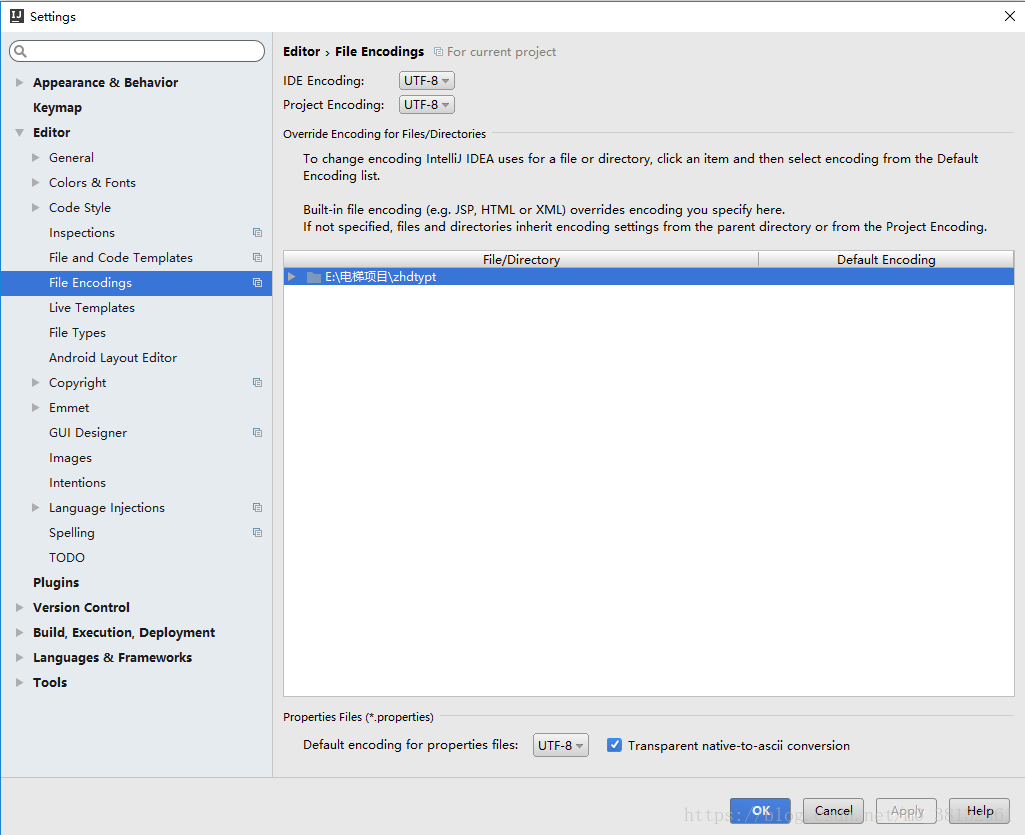Java NIO異步文件通道原理及用法解析
在Java 7,AsynchronousFileChannel 被添加到了Java NIO中。使用AsynchronousFileChannel可以實現異步地讀取和寫入文件數據。
創建一個AsynchronousFileChannel
我們可以使用AsynchronousFileChannel提供的靜態方法 open() 創建它。示例代碼如下:
Path path = Paths.get('data/test.xml');AsynchronousFileChannel fileChannel =AsynchronousFileChannel.open(path, StandardOpenOption.READ);
第一個參數是一個 PATH 的對像實例,它指向了那個與 AsynchronousFileChannel 相關聯的文件。
第二個參數是一個或多個操作選項,它決定了 AsynchronousFileChannel 將對目標文件做何種操作。示例代碼中我們使用了 StandardOpenOption.READ ,它表明我們將要對目標文件進行讀操作。
讀取數據
AsynchronousFileChannel 提供了兩種讀取數據的方式,都是調用它本身的 read() 方法。下面將對兩種方式進行介紹。
使用Futrue讀取數據
第一種反式是調用 AsynchronousFileChannel 的 read() 方法,該方法反回一個 Future 類型的對象。
Future operation = fileChannelread(buffer, 0);
第一個參數是ByteBuffer,從 AsynchronousFileChannel 中讀取的數據先寫入這個 ByteBuffer 。
第二個參數表示從文件讀取數據的開始位置。
此 read() 方法會立即返回,即使整個讀的過程還沒有完全結束。我們可以通過operation.isDone()來檢查讀取是否完成。這里的 operation 是上面調用 read() 方法返回的 Future 類型的實例。下面是一段詳細的代碼示例:
AsynchronousFileChannel fileChannel = AsynchronousFileChannel.open(path, StandardOpenOption.READ);ByteBuffer buffer = ByteBuffer.allocate(1024);long position = 0;Future<Integer> operation = fileChannel.read(buffer, position);while(!operation.isDone());buffer.flip();byte[] data = new byte[buffer.limit()];buffer.get(data);System.out.println(new String(data));buffer.clear();
上面的程序首先創建了一個 AsynchronousFileChannel 對象,然后調用它的read()方法返回一個Future。其中read()方法需要兩個參數,一個是ByteBuffer,另一個是讀取文件的開始位置。然后通過循環調用isDone() 方法檢測讀取過程是否完成,完成后 isDone()方法將返回true。盡管這樣讓cpu空轉了一會,但是我們還是應該等讀取操作完成后再進行后續的步驟。
一旦讀取完成,數據被存儲到ByteBuffer,然后將數據轉化為字符串既而輸出。
使用CompletionHandler讀取數據
第二種讀取數據的方式是調用AsynchronousFileChannel 的另一個重載 read() 方法,改方法需要一個CompletionHandler 作為參數。下面是代碼示例:
fileChannel.read(buffer, position, buffer, new CompletionHandler<Integer, ByteBuffer>() { @Override public void completed(Integer result, ByteBuffer attachment) { System.out.println('result = ' + result); attachment.flip(); byte[] data = new byte[attachment.limit()]; attachment.get(data); System.out.println(new String(data)); attachment.clear(); } @Override public void failed(Throwable exc, ByteBuffer attachment) { }});
一旦讀取操作完成,CompletionHandler的 complete() 方法將會被調用。它的第一個參數是個 Integer類型,表示讀取的字節數。第二個參數 attachment 是 ByteBuffer 類型的,用來存儲讀取的數據。它其實就是由 read() 方法的第三個參數。當前示例中,我們選用 ByteBuffer 來存儲數據,其實我們也可以選用其他的類型。
讀取失敗的時候,CompletionHandler的 failed()方法會被調用。
寫入數據
就像讀取一樣,我們同樣有兩種方式向 AsynchronousFileChannel 寫入數據。我們可以調用它的2個重載的 write() 方法。下面我們將分別加以介紹。
使用Future讀取數據
AsynchronousFileChannel也可以異步寫入數據。下面是一個完整的寫入示例:
AsynchronousFileChannel也可以異步寫入數據。下面是一個完整的寫入示例:Path path = Paths.get('data/test-write.txt');AsynchronousFileChannel fileChannel = AsynchronousFileChannel.open(path, StandardOpenOption.WRITE);ByteBuffer buffer = ByteBuffer.allocate(1024);long position = 0;buffer.put('test data'.getBytes());buffer.flip();Future<Integer> operation = fileChannel.write(buffer, position);buffer.clear();while(!operation.isDone());System.out.println('Write done');
首先實例化一個寫入模式的 AsynchronousFileChannel, 然后創建一個 ByteBuffer 并寫入一些數據。再然后將數據寫入文件。最后,檢查返回的 Future,看是否寫入完成。
注意,寫入目標文件要提前創建好,如果它不存在的話,writh() 方法會拋出一個 java.nio.file.NoSuchFileException。
我們可以用以下方式來解決這一問題:
if(!Files.exists(path)){Files.createFile(path);}
使用CompletionHandler寫入數據
我們也可以使用 CompletionHandler代替Future向AsynchronousFileChannel寫入數據,這種方式可以更加直接的知道寫入過程是否完成。下面是示例程序:
Path path = Paths.get('data/test-write.txt');if(!Files.exists(path)){ Files.createFile(path);}AsynchronousFileChannel fileChannel = AsynchronousFileChannel.open(path, StandardOpenOption.WRITE);ByteBuffer buffer = ByteBuffer.allocate(1024);long position = 0;buffer.put('test data'.getBytes());buffer.flip();fileChannel.write(buffer, position, buffer, new CompletionHandler<Integer, ByteBuffer>() { @Override public void completed(Integer result, ByteBuffer attachment) { System.out.println('bytes written: ' + result); } @Override public void failed(Throwable exc, ByteBuffer attachment) { System.out.println('Write failed'); exc.printStackTrace(); }});
當寫入程序完成時,CompletionHandler的completed()方法將會被調用,相反的如果寫入失敗則會調用failed()方法。
要留意CompletionHandler的方法的參數 attachemnt是怎么使用的。
以上就是本文的全部內容,希望對大家的學習有所幫助,也希望大家多多支持好吧啦網。
相關文章:

 網公網安備
網公網安備